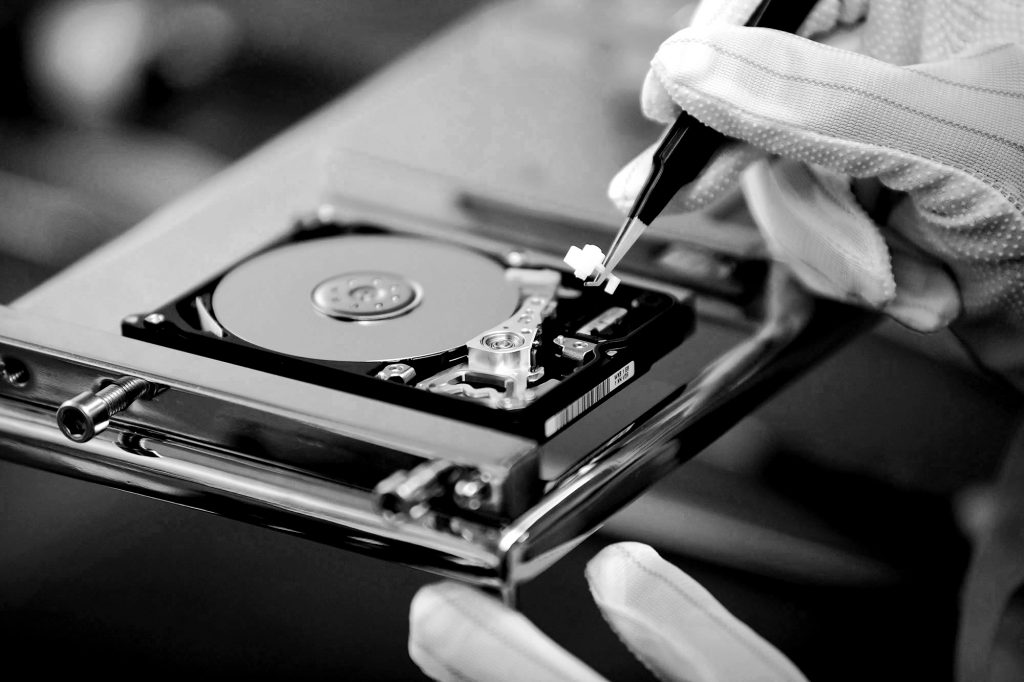Many will immediately remember the described successful cases of freezing a hard drive. We are not going to argue, maybe this method will work, we have not tested it. But we do not recommend that you perform such experiments with a hard drive that contains really important data that needs to be recovered.
If you really need to recover your data from such a hard drive, don’t rush to “freeze” it. Believe me, this will not lead to anything good.
So the situation. At some point, your hard drive refuses to work. Without any warnings, taps or clicks, without bumps or mechanical damage. He worked a few moments ago and now he refuses.
It soon becomes clear that something more serious than a normal system failure has occurred. After rebooting, the hard drive starts spinning, beeps 12 times, and stops. Looking in the BIOS, we see that the drive is no longer detected by it, which negates any chance of recovering data using data recovery software.
In this article, we will consider possible methods and actions that an ordinary computer user should take in such a difficult situation to restore a modern hard drive.

If the hard drive is detected in the BIOS, data recovery programs will be able to cope with data recovery. But in this article we will try to focus on the situation with hardware failure and what the user should do in such a situation.
One of the reasons for writing this article is also the need to convey to users that data recovery is not an easy task and a process that is not always possible to perform according to the same algorithm.
There are two general types of problems that can damage a hard drive: problems with the drive plate or failure of other internal hard drive components. If the problem lies within the hard drive, see Step 3. If the suspicion lies with the drive plate, there is still hope for a possible recovery.
